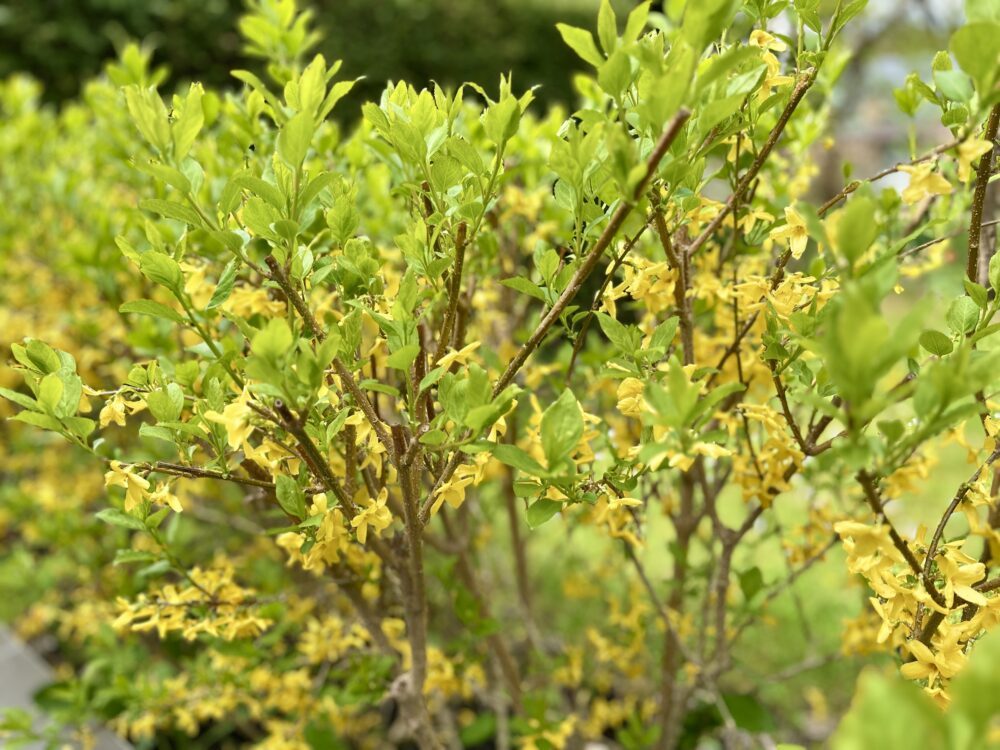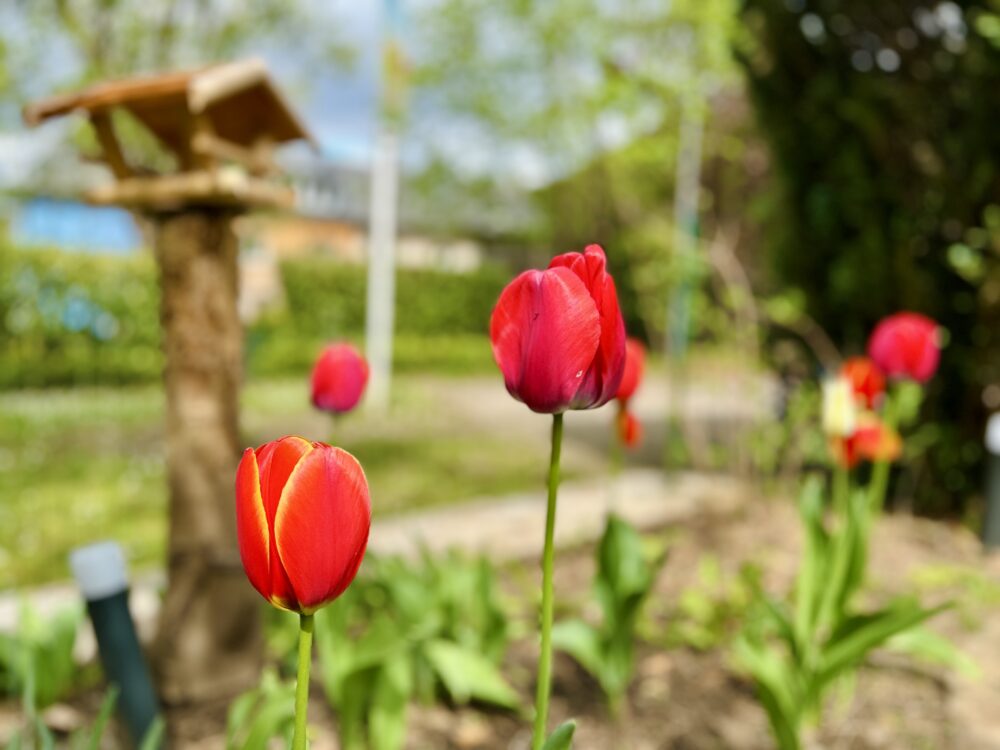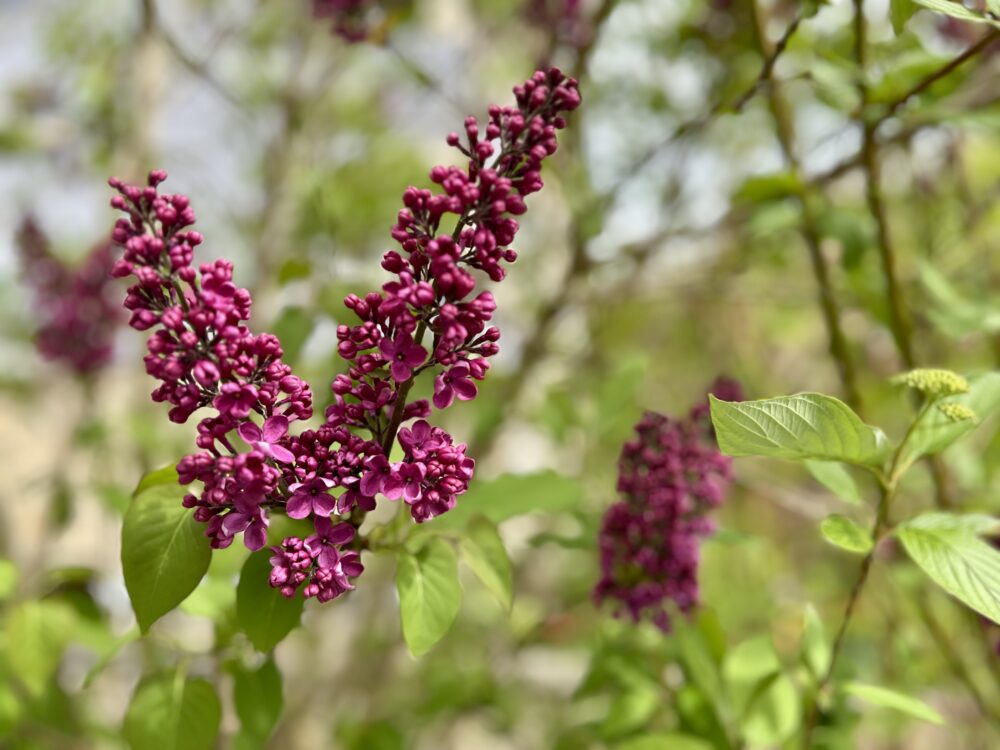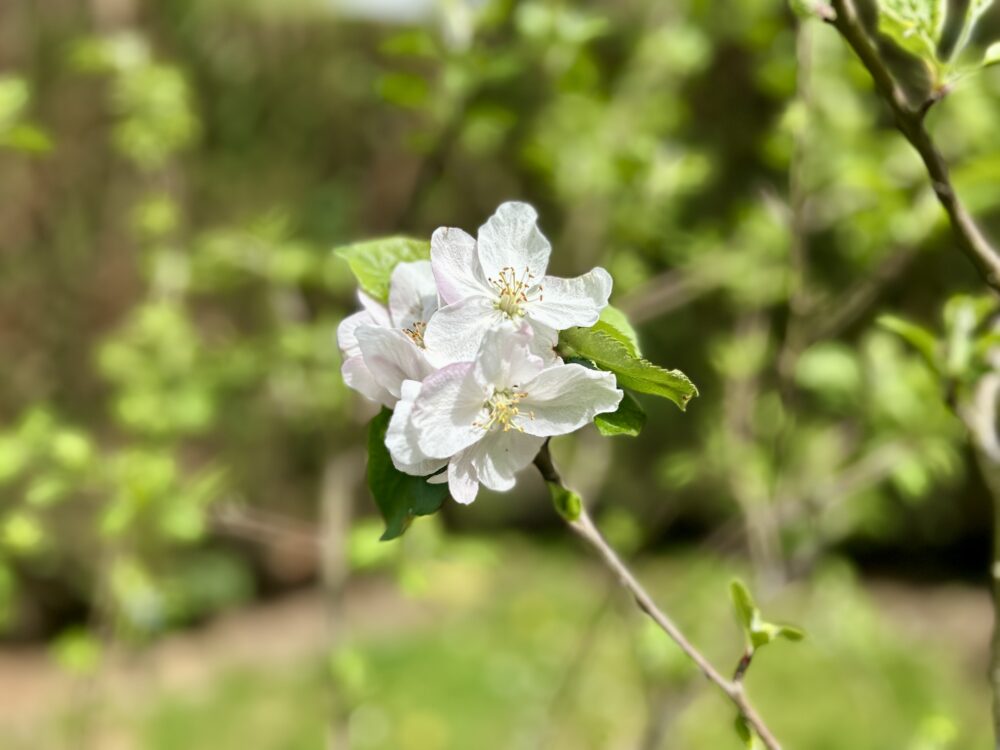Forsythia is more than just a vibrant spring shrub, it carries a rich history that spans centuries, from its discovery in Asia to its widespread cultivation in Europe and North America. Named after William Forsyth, a Scottish botanist and one of the founding members of the Royal Horticultural Society, Forsythia has become a symbol of renewal and seasonal change.
The Discovery and Naming of Forsythia
The plant was first documented in the late 18th century when European botanists explored Asia for new species. Carl Peter Thunberg, a Swedish naturalist and student of Carl Linnaeus, encountered Forsythia in Japan during his travels between 1775 and 1776. He initially classified it under the genus Syringa, but later studies placed it in its own distinct category.
The genus was officially named Forsythia in honour of William Forsyth, who was a key figure in British horticulture. Forsyth was known for his pioneering work in plant cultivation and his ambitious attempt to create one of the first rock gardens in England. Though his rock garden project was not entirely successful, his contributions to botany ensured his name would live on through this striking yellow-flowered shrub.
Forsythia’s Role in Cultural and Historical Landscapes
Forsythia has been planted in historically significant gardens across the world. One notable example is its presence at the George Mason Memorial in Washington, D.C., where it forms a golden hedge that has been maintained for over 55 years. The shrub was also widely cultivated in European botanical gardens in the 19th century, where it quickly gained popularity for its early spring blooms.
Forsythia and the Arrival of Spring
In many cultures, Forsythia is associated with the arrival of spring. In China and Korea, its bright yellow flowers are seen as a symbol of renewal, marking the end of winter and the beginning of warmer days. Some traditions even use Forsythia branches in seasonal celebrations, believing that their early blooming nature represents hope and prosperity.
Forsythia’s rapid rise in popularity is also a testament to its adaptability. Unlike many ornamental plants, it thrives in various climates, making it a staple in gardens across Europe, North America, and Asia.
#BotanicalHistory #Forsythia #PlantLegends #GardenTradition #NatureHeritage












